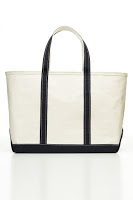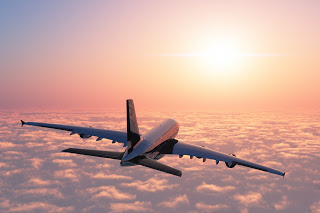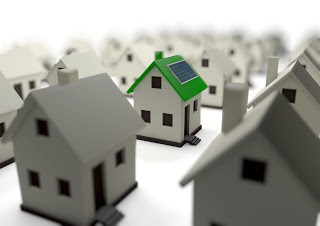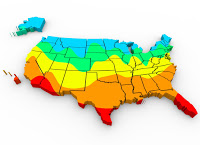 Who likes tote bags??*Awkwardly raises hand while typing* Yes, yes I love tote bags, but who doesn't? I mean these nifty, transportable, storage units can hold so much in such a small space. I use tote bags on a consistent basis throughout my week and rely on them to carry most, if not all, of my work documents. But what if you could have a tote bag that also can double as a light reflective backpack? According to a Fast Company article this week, that is exactly what a company called 'Notabag' created. This neat design features new fabric that glows and reflects when light shines on it. ''while the hands-free carrying was first intended for bikers, it'll work great for skaters and pedestrians, too.' Check out these cool new bags, only going for $25, at the Notabag website here.
Who likes tote bags??*Awkwardly raises hand while typing* Yes, yes I love tote bags, but who doesn't? I mean these nifty, transportable, storage units can hold so much in such a small space. I use tote bags on a consistent basis throughout my week and rely on them to carry most, if not all, of my work documents. But what if you could have a tote bag that also can double as a light reflective backpack? According to a Fast Company article this week, that is exactly what a company called 'Notabag' created. This neat design features new fabric that glows and reflects when light shines on it. ''while the hands-free carrying was first intended for bikers, it'll work great for skaters and pedestrians, too.' Check out these cool new bags, only going for $25, at the Notabag website here.
Who likes to fly and deal with the hassle of checked bags and fees? Not I said the'well me. This week, Fast Company released an article discussing a new idea on air travel coming form an air travel design studio called Teague. The idea is simple: to make the customers experience smoother and more enjoyable. So how do they plan on going about this? Teague discusses a ban on carry-on luggage (I know...I was outraged at first too) that would not only create more space above the passenger, but also significantly decrease boarding and deplaning times. The alternative would be to continue the charges for checked baggage, but this time include the unique feature of having your baggage delivered to you. The company also plans on upping airline revenue by ''sell[ing] customers special airline-branded bags. These bags would be specifically designed to click in underneath a seat for people who still wanted to bring larger bags on board.' I have to admit I wasn't completely sold on the idea at first, but after reading the entire article, the three design moves this company raises would definitely make for a better plane experience overall.
Imagine owning a home that creates as much energy as it uses. You're probably imagining what is now called a 'net-zero house' and what is usually extremely expensive. However, that dollar sign does not always have to be so high according to a recent Fast Company article. The article, titled 'This Zero-Energy Home Is Run By Machines And Costs A Lot Less Than A Regular House', explains how a new startup company called Acre Designs has dreams to design a house with no energy bills and have it sell for as much as buying a standard power-sucking home. 'The Axiom House is ultra-efficient, runs on renewable power, and smart: Robots handle everything from lighting and security to mowing the lawn.' Cofounder of Acre Designs, Andrew Dickson, explains how they felt the typical home today is actually very out of date. ''We view this as an opportunity to redefine what the American home is, and tailor for a lifestyle that is more focused on doing great things than having things.'' According to the article, the 1,800-sqaure-foot Axiom House costs $220,000 (not including land), which is much less than most other architect-designed homes. The full article is a fascinating read and speaks strongly to the eco-friendly AND affordable trend we're seeing within the housing market.
This week Fast Company released an article that highlights new animated heat maps that correspond with the noise levels in each neighborhood. The real estate site Trulia designed a new heat map of noise in neighborhoods by simply using the crime data on noise complaints. 'Trulia pulled five years' worth of noise complaints and mapped out the noisiest areas of Seattle, New York and San Francisco. It then used the software CartoDB to create GIF heat maps that show the changes by year.' The article also mentions how noisy areas can also pose a health risk and lead to cardiovascular diseases and stress. Obviously this method of tracking noise levels in neighborhoods a not a perfect method, however, it is an interesting approach and gives us insight on the varying neighborhoods of large cities and possibly how that impacts the specific population. To view all of the maps in full you can visit Trulia's blog here.
Nichole Dicharry, is a Digital Marketing Assistant at IIR USA, Marketing and Finance Divisions, who works on various aspects of the industry including social media, marketing analysis and media. She can be reached at Ndicharry@iirusa.com



